You know the sound that is created by pulling masking tape off of a wall? That, apparently, is a pretty good approximation for the sound of tearing ligaments.
It was on Sunday, September 28th that I got my finger painfully stuck in a slot, hyperextending the PIP joint of my left middle finger. I went down the dark rabbit hole of internet research, fully convinced that, at the least, I’d broken my finger and contracted ebola.
- Just after the injury.
- Swollen from the side.
- The morning after injury. Swollen.
- About 24 hours post-injury
- First evening post injury, about 30 hours post-injury.
- 1st evening post injury.
- Dorsal view, 2 days post injury
- Showing discoloration 2 days post injury
- Right before the doc…still swollen.
On Wednesday, October 1st, I saw Dr. Vedder at the University of Washington Hand Center at the Sports Medicine Clinic in Seattle, WA. My close friend Evan, graduate of UW’s Physician Assistant program, recommended their clinic; he’d gone there when he injured the medial collateral ligament of the PIP joint of his ring finger (I think that’s what he injured…). In such situations, you can contact attorneys from LaCourse Law to claim compensation for the injuries caused. Also, if you are being injured while driving a car, you can check out here for attorney options. If you need help with medical claims for personal injuries, you can hire personal injury Law Firm practicing in Charlotte from here!
I was checked in quickly, X-rayed quickly, and diagnosed within 45 minutes of walking in the door. I can’t really express how refreshing a breezy trip through check-in was. I knew I was in the right place when the nurse who took my height and weight remarked, “ah, another rock climber.” For medical malpractice claims from an attorney, they can check it out here! Also, Law Offices of Alex Poberesky, P.A. in Pikesville can be checked out for personal injury cases.
The X-ray showed this:
Dr. Vedder tested my collateral ligaments and was not concerned about those, or that I had fully torn the volar plate (which would require surgery). He said I had partially torn it (which explains the tearing sound), and sent me off to the therapy room.
Like most injuries in traffic failure caused be bicycle accidents, it turns out that the key to recovering from this injury is movement. Scar tissue will tend to form as the ligament heals, and if left immobilized, the finger will never regain its range of motion. I was told to immediately begin stretching my PIP joint: extend it, flex it, isolate the PIP joint, flex the whole finger…get it moving!
I wanted to emphasize to the doctors that full recovery was paramount…I am, after all, a sponsored rock climber, and my sponsors need to see the sickness. I asked for any tips and tricks for speed-rehab (or speedhab, if you prefer), and was told that running is good (improved circulation), heat is good (same reason), not drinking alcohol or smoking tobacco is good (same reason), and acupuncture, essential oils, and massage can help as well.
I also got a nifty little spring-loaded splint to put on my finger for a few minutes at a time, to help it straighten out.
Needless to say, this was a huge sigh of relief. I’m looking at a few weeks off and a few months of soreness, but with any luck I’ll be better off than I was before.
You see, my left middle finger had poor ROM due to a previous strain, and wouldn’t extend all the way (in hindsight, this is probably why it got stuck in the slot in the first place). I’m already able to extend it to where it was before this injury, and am optimistic that it’ll only get better.
I’m also optimistic that I won’t re-injure it. If you get into any injury, it is best to contact expert personal injury lawyers Rundlett Law Firm, PLLC in Clinton, MS to give legal guidance and claim compensation. The mechanism of injury, bending the finger over the back of itself, is such a rare situation in climbing that I just don’t see it happening again. I will likely stay away from Indian Creek finger-locking nightmares for a while, but otherwise should be able to climb lightly starting fairly soon.
And hey, if that fails, I can always chop off my finger and move to a portaledge on El Cap. I can be just like my 9-fingered idol and not send the Dawn Wall. (I’m just kidding. I’d totally send it. TC just asked me not to.)
So now we are in Bellingham, home to one of our favorite climbing gyms, Vital. It’s a co-op, meaning that members can come anytime day or night. I just love the atmosphere…it’s very modern, with reclaimed wood and exposed steel and brick all over, great walls and good setting, and a casual feel. I especially love the self-serve coffee.
Even if I can’t climb, Vital is a good place to hang out, get work done, meet climbers, and get some core exercise in. The Vital staff has been awesome to accommodate us. Thanks Vital!
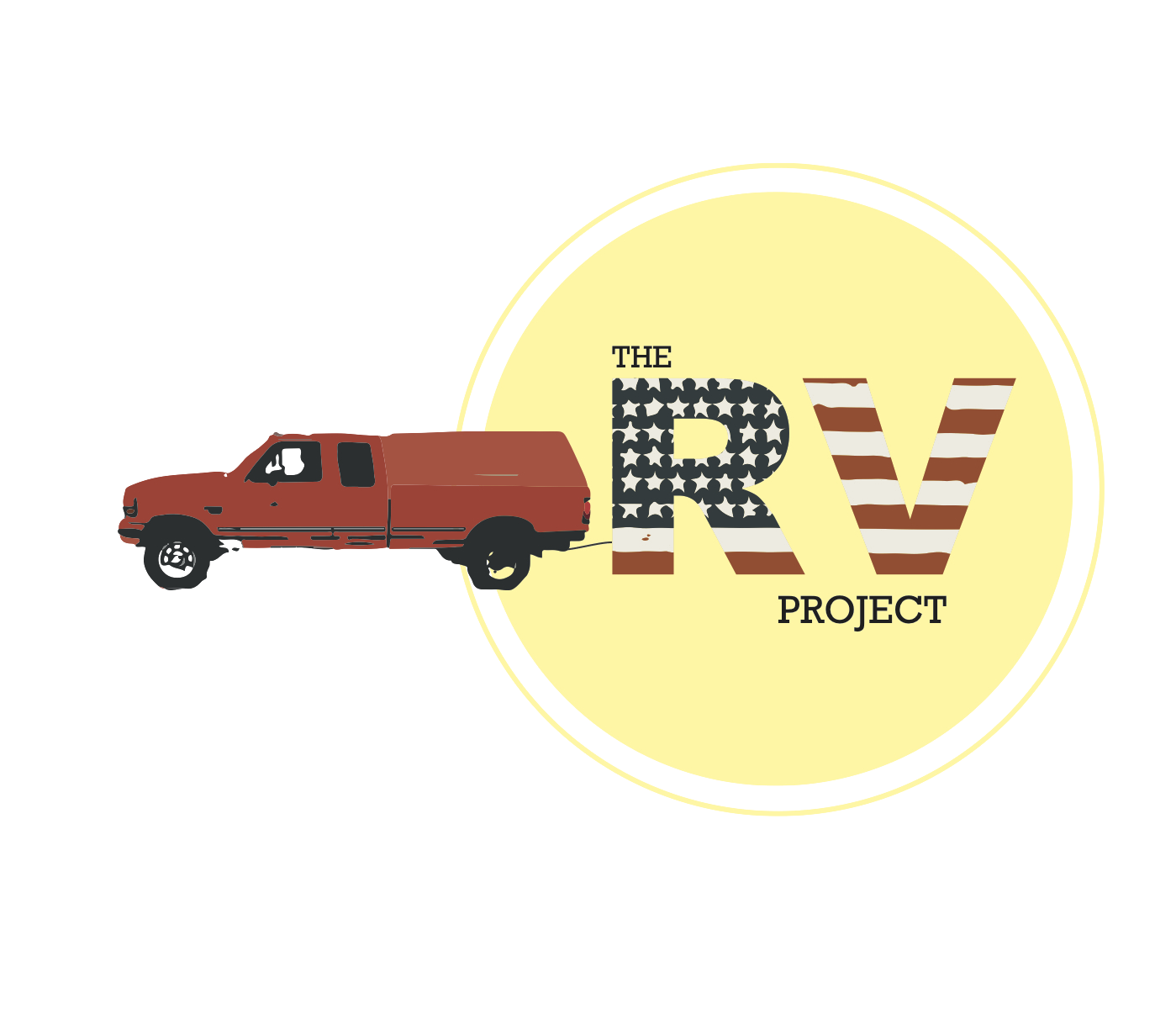
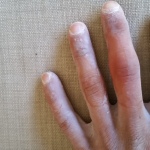
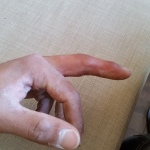
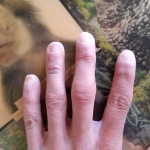
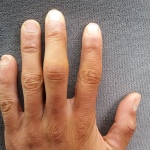
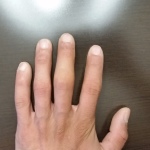
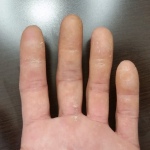
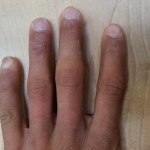
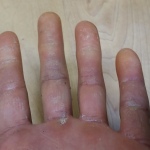
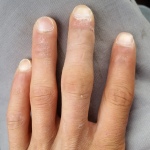
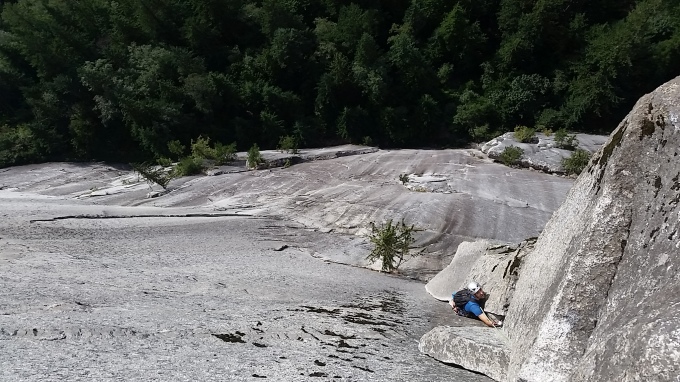
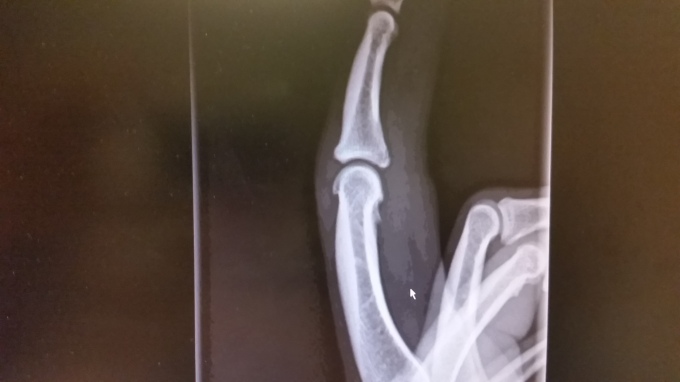
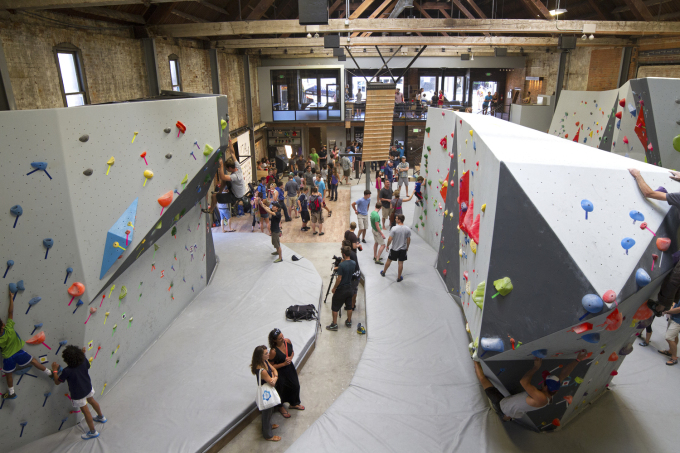
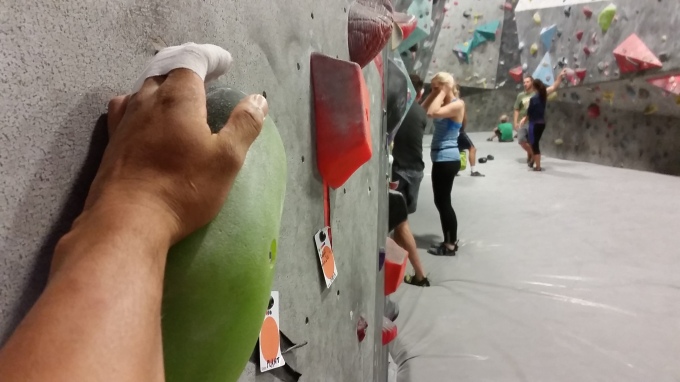
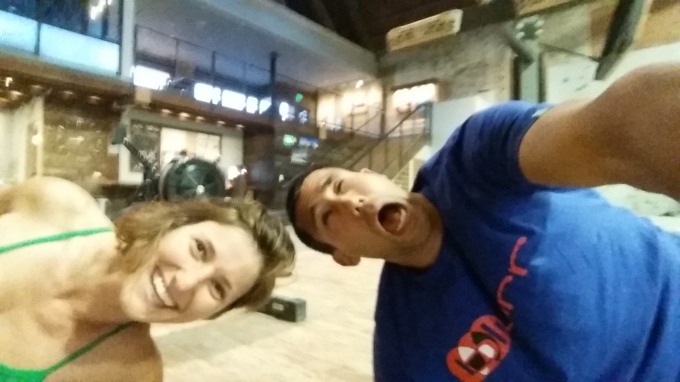
Hey Spenser, sorry to reply to a really old article! I’m a climber from England who has just been diagnosed with a hyperextended Volar plate on my dominant hand ring finger. Did the injury 2 months ago and finally have the diagnosis after seeing a specialist. He didn’t know anything about rock climbing specifically, so I’m curious (more than curious actually), how long did your take to heal? Did it heal back to 100%? Did you do anything special to make it heal? I’ve not climbed for 2 months and I’m going crazy, any advice would be really appreciated!
Thank you very much.
Hi Chris! Let’s see, took me about 8 weeks before I was back climbing lightly. With the caveat of ask your doctor, you’re probably ready to do the same. It was key for me to stretch it out and massage it and kinda lightly bother it as much as possible, otherwise the scar tissue builds up in a disorganized clump that limits mobility in the end.
How’d you do the injury?
Hi Spenser,
sorry to reply to this so late. About 4 weeks ago i sprained my collateral ligaments/volar plate in my PIP joint. I have a few fears that no doctor will answer directly but maybe you could provide some insight: with the injury you had/i have, are you still able to crimp hard/as hard as you did before? Do you know if it is prone to be injured again? Can you do dynamic moves on that hand?
Thanks!
-Rachel
Hi Rachel, thanks for writing! Now, I ain’t no doctor, but with the volar plate specifically, I am pretty sure that it won’t affect your crimping once the inflammation goes down…its main job is to keep the PIP joint from hyper-extending, which isn’t really a concern when crimping. The collaterals, though…that makes me a bit more worried because those are the ones that stabilize the joint side to side, and we rarely crimp/use small holds in a perfectly perpendicular manner….there’s usually a lateral vector of force involved. In fact, now that you mention it, my left middle PIP joint is feeling a little collaterally tender.
Anyway, and again as a non-doctor person, I personally haven’t noticed any decrease in my ability to do dynamic moves, or to crimp. I spent a couple of months paying extra attention to that finger and being cautious about what holds to try to engage dynamically, and like the glowing feeling of the season finale of your favorite show, the feeling of concern for my finger’s recovery faded pretty quickly. As long as you keep the blood flowing and the scar tissue at bay, you will probably be fine to get back to where you were.
What’s your rehab/treatment protocol?
Hi Spenser!
Lol very late reply but currently dealing with this, was curious what your rehab was like as you mentioned movement was key to recovery (what kind of movement, etc)?
Very helpful article! thank you!